How many times have you heard your employees say – “I love to learn but I hate to be trained.” Training is something that’s imposed on you; learning is something you choose. Employees of today thrive when given the freedom to decide how they will do what’s asked of them. And that’s exactly what informal learning does – ‘informal learning’ is learning without borders. People acquire the skills they use at work informally — talking, observing others, trial-and-error, and simply working with people in the know. It’s a natural way to learn and grow.
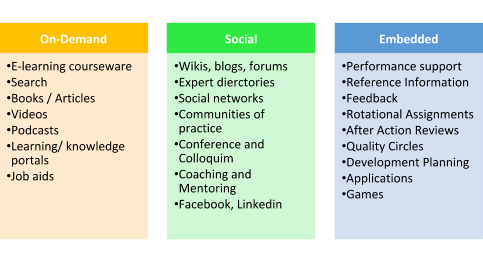 In fact, in today’s age, formal training and workshops account for only 10% to 20% of what people need to learn at work. Consider the following –
In fact, in today’s age, formal training and workshops account for only 10% to 20% of what people need to learn at work. Consider the following –
- The generation coming into the work force has no patience for spoon-feeding, single-track instruction, or working alone.
- As the global economy shifts from factory work to service work, workers need the human, judgmental expertise and emotional intelligence that one doesn’t learn in class.
And yet, most corporations over-invest in formal training while leaving the more natural, simple ways we learn to chance.
But is informal learning a profit strategy – will it actually lead to any marked performance improvement? The answer is a resounding yes. Executives don’t want learning; they want execution. They want performance. And that’s what informal learning fosters. Informal does not mean unintentional. It is not to be left to chance. Consider the chart below which gives some ideas on planned/ intentional informal learning.
Organizations need to create more opportunities for informal learning by removing obstacles, seeding communities, increasing bandwidth, encouraging conversation, and growing networks. Once planned in such a manner, returns in the form of enhanced productivity, reduced stress, generation of fresh ideas and innovation, improved responsiveness to self-development would be forthcoming.
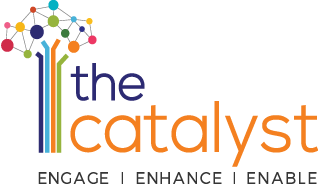
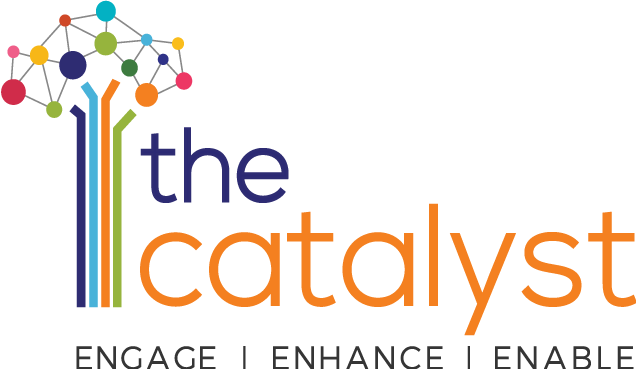



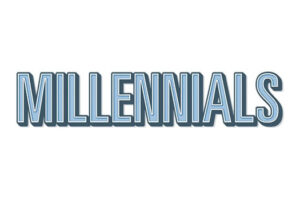
Leave a Reply
Your email is safe with us.
You must be logged in to post a comment.